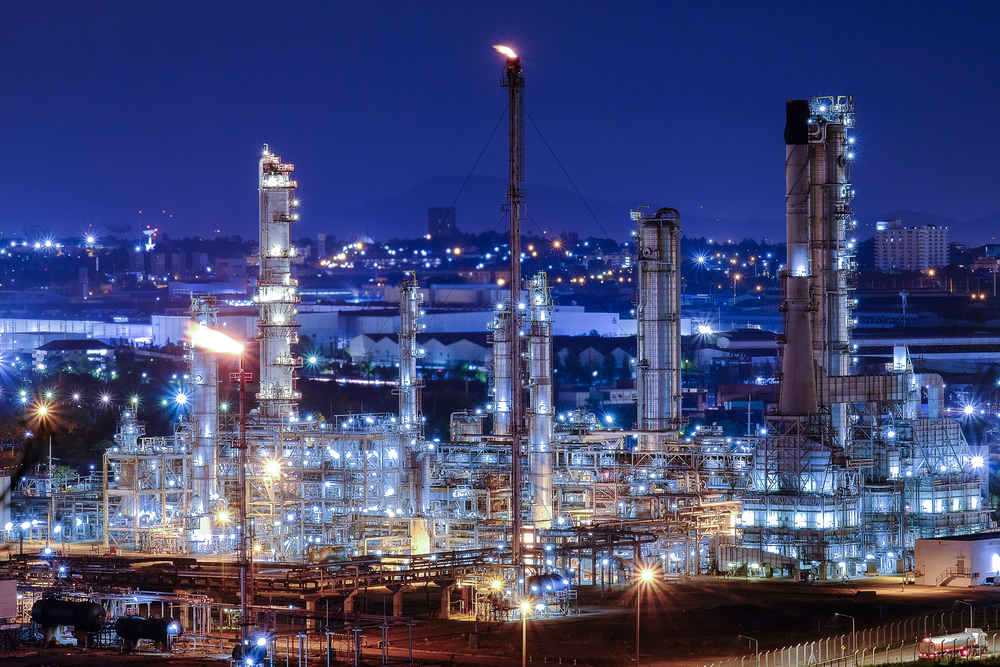EIA predicts slower growth of consumption than production in Annual Energy Outlook 2020

The U.S. Energy Information Administration (EIA) released its Annual Energy Outlook 2020 (AEO2020) on Jan. 29, which includes projections of future U.S. energy production and use through 2050 and forecasts slower growth in consumption than production.
In the AEO2020 Reference case, energy supply increases due to technological progress in renewables, oil, and natural gas, while consumption growth slows as the U.S. economy becomes more energy-efficient.
“We see renewables as the fastest-growing source of electricity generation through 2050 as cost declines make them economically competitive beyond the expiration of existing federal and state policy supports,” EIA Administrator Linda Capuano said. “With continued technologically enabled growth in domestic oil and natural gas production, we see the United States remaining a net exporter of energy for some time.”
The United States became a monthly net exporter of energy in September 2019 after decades as a net importer, according to EIA.
In the AEO2020 Reference case, the share of electricity generation from renewable sources in the United States doubles between 2019 and 2050, with solar contributing the most to the growth.
Natural gas generation retains its share of generation, and the shares of coal and nuclear generation continue to decrease in the reference case. U.S. crude oil production continues setting annual records through the mid-2020s, and natural gas production continues to increase through 2050, due to continued development of tight oil and shale gas resources in the East and Southwest regions.
EIA also predicts in the reference case that the United States will continue exporting more crude oil, petroleum products, and natural gas than it imports. Liquefied natural gas exports and pipeline exports to Canada and Mexico continue to increase through the 2020s and remain relatively flat through 2050.
U.S. energy-related carbon dioxide emissions fall until around 2030, then grow slightly, but are lower than 2019 levels by 2050. Retirements of coal-fired generation capacity lead to decreases over the next decade. After 2030, increases in energy demand caused by growth in transportation and industry lead to increases in emissions.
In addition to the baseline Reference case, AEO2020 includes eight side cases. Two new cases in AEO2020 explore futures with high renewables cost and low renewables cost.
